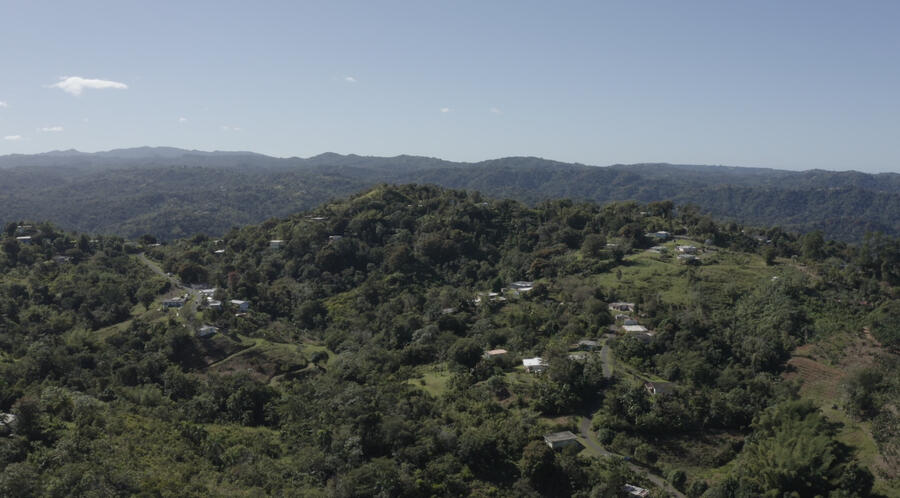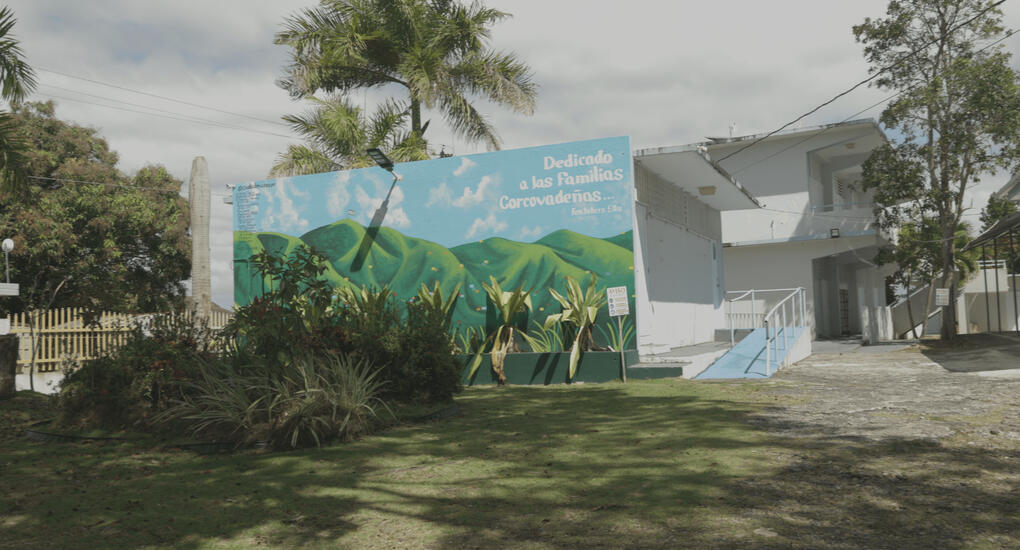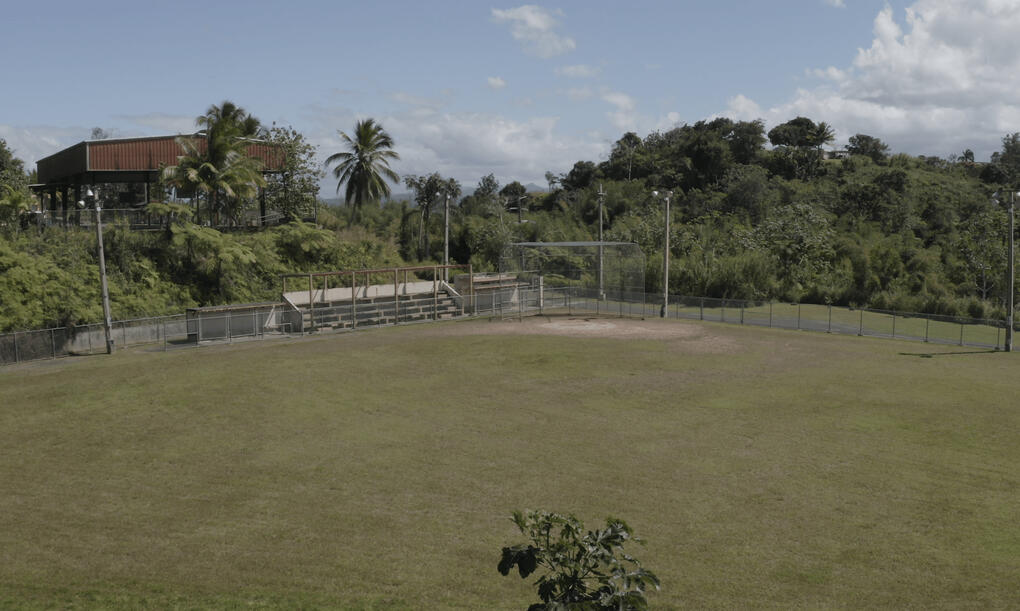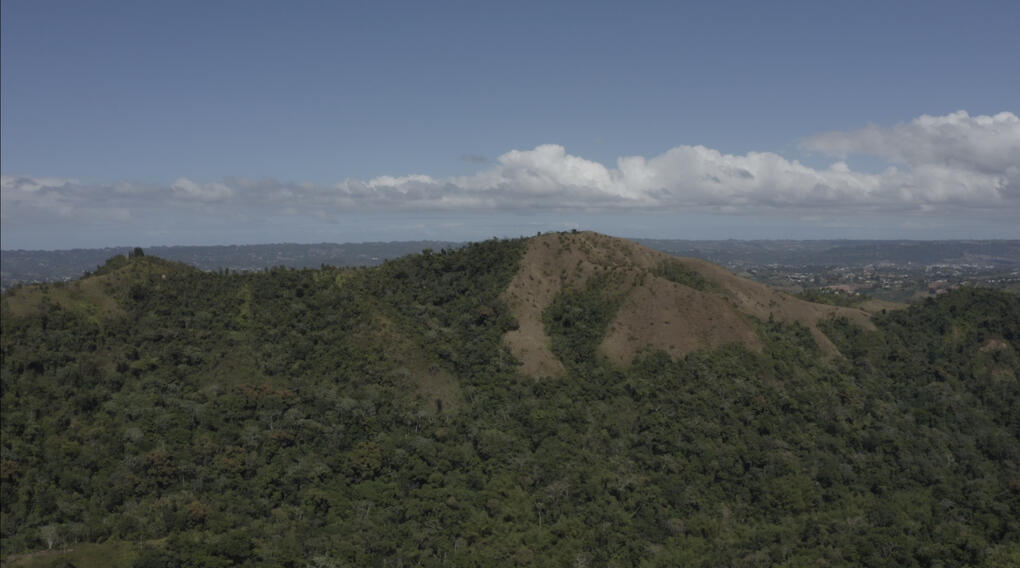Community Overview


Corcovada is a barrio located in the mountains of the municipality of Añasco, Puerto Rico. This community has approximately 600 residents and has been organized for over 40 years (Census, 2010). Their sense of union, work and solidarity has its seeds in 1968 when a priest came to the community and started fostering the values in community organization for their present needs. At that time, thirty-five families united with the priest to construct an access road because of their geographical location and a community aqueduct (also known as a non-PRASA drinking water systems) due to their water scarcity (Asencio, et al, 2018).
With the creation of the community aqueduct, the Corcovada community officialized their community-based nonprofit organization in 1990 by creating the Comité Communal de Corcovada Inc., which would manage the aqueduct and other community necessities. Today, Corcovada has two aqueducts, which serve one hundred and sixty-five families and an external free water tap for any nearby community that may need such resources.The communal committee has a high level of organization. The members meet once a month and hold assemblies every six months. Their committee is divided into subcommittees that are responsible for different activities, such as the maintenance of the aqueduct and the organization of their famous Kings Festival every January.
In terms of management, the community has created a committee that uses the money from the water deposit for the maintenance of the aqueduct and other infrastructure in the community such as road access, their baseball park, basketball court and their activity center. Likewise, through community activities and proposals, they have managed to receive funds from the Añasco municipality, legislators and the Office of Special Communities (OCE) among others.

Members of the community have stated the importance of self-management and how they “do not sit and wait for anybody to come” throughout multiple situations in their community. As an example, the re-purposed an elementary school of the neighborhood (which was closed by the department of education) and transforming it into a community gym, committee office, a computer center and a health area for visiting doctors or nurse practitioners (Jimenez, 2017). Furthermore, their organization has been threatened by environmental regulations to replace the aqueduct with the one is given by Puerto Rico’s water authority to ensure water quality; however the community has refused as the aqueduct has become much more than water for their residents, it’s a symbol of their union to work towards community needs.
